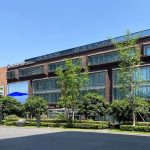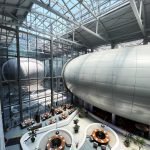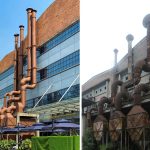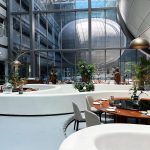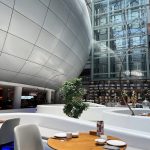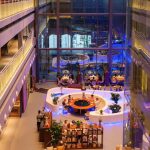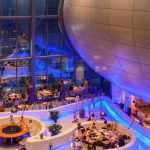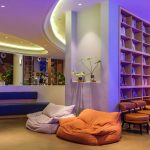For a progressive city, newer isn’t always better, and historic development plays an important part in contributing to this notion.An old iron foundry that was part of a machinery factory more than 60 years old was converted into a creative office and hotel to enhance the operational and commercial performance of a built asset.
Project Name: Xintiandi Factory Hangzhou
Office Name: Peter Ruge Architekten
Office Website: https://www.peter-ruge.de/
Firm Location: Rheinstrasse 5, D 12159 Berlin
Completion Year: 2022
Gross Built Area (m2/ ft2): 17,900 m2
Project Location: Hangzhou, Zhejiang Province, China
Program / Use / Building Function: Conversion and refurbishment of an old iron foundry factory hall into a multifunctional office-hotel complex
Lead Architects: Prof. Peter Ruge, Matthias Matschewski, Hyesook Ahn, Byoung Gil Jung, Lucas Gray, Tatjana Sinelnikova, Maria Katschalova, Alexander Andrejew
Project Partner: DBH Stadtsplanung GmbH
Photo Credits: Ruge, 认识杭州, XiaoSong Wang,蔡在杭州
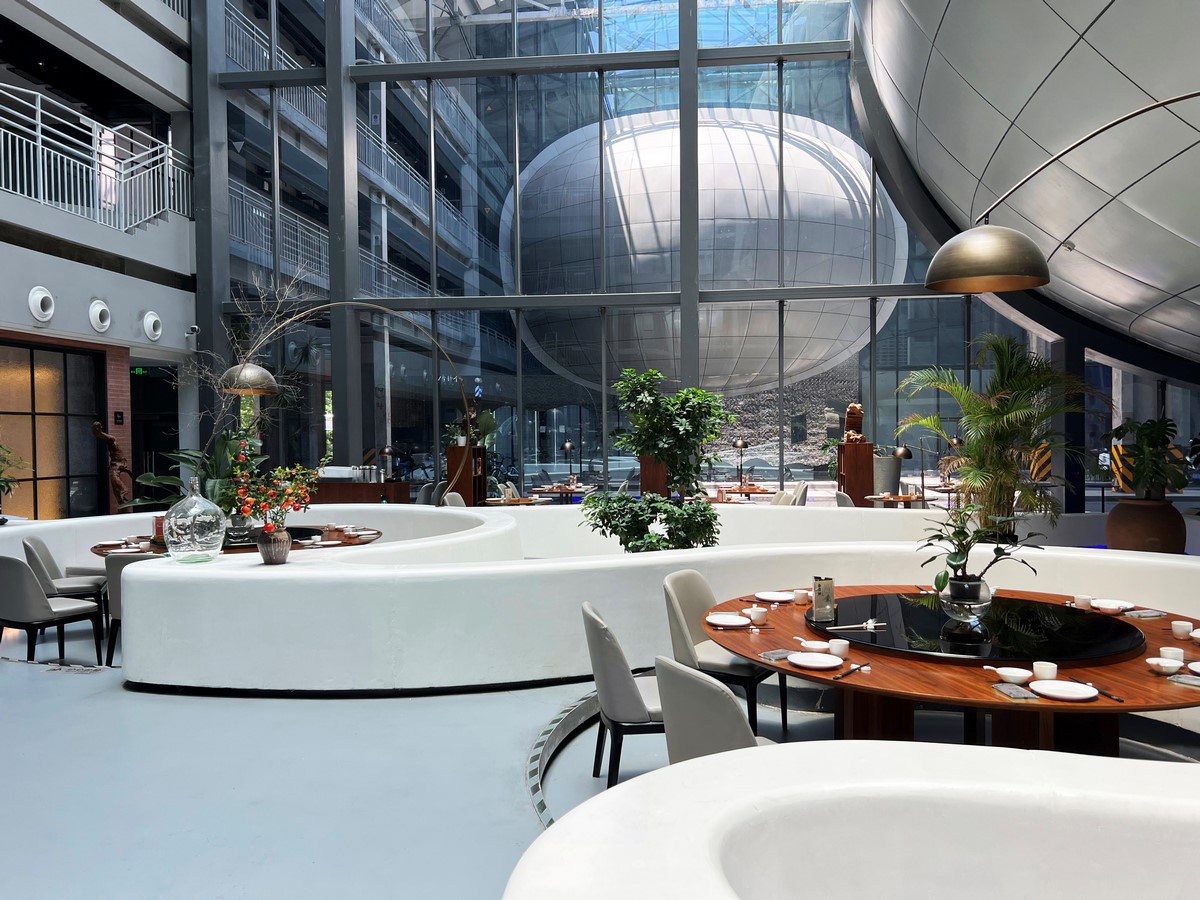
Adaptive reuse has long been debated as a means of preserving historical and cultural relevance while allowing residents to explore and learn from the past. As part of our commitment to low-carbon architecture, it intends to rehabilitate culturally significant locations from Hangzhou’s industrial heritage.
The Xintiandi Factory was stripped down to its steel and brick bones while undergoing a radical makeover, reflecting on the iron foundry concept as the most significant contributor to manufacturing and recycling activity, where melting and recasting of new durable goods occurs. The existing structure of the foundry was rigorously preserved and renovated, while the interior space was significantly designed to ensure structural stability.
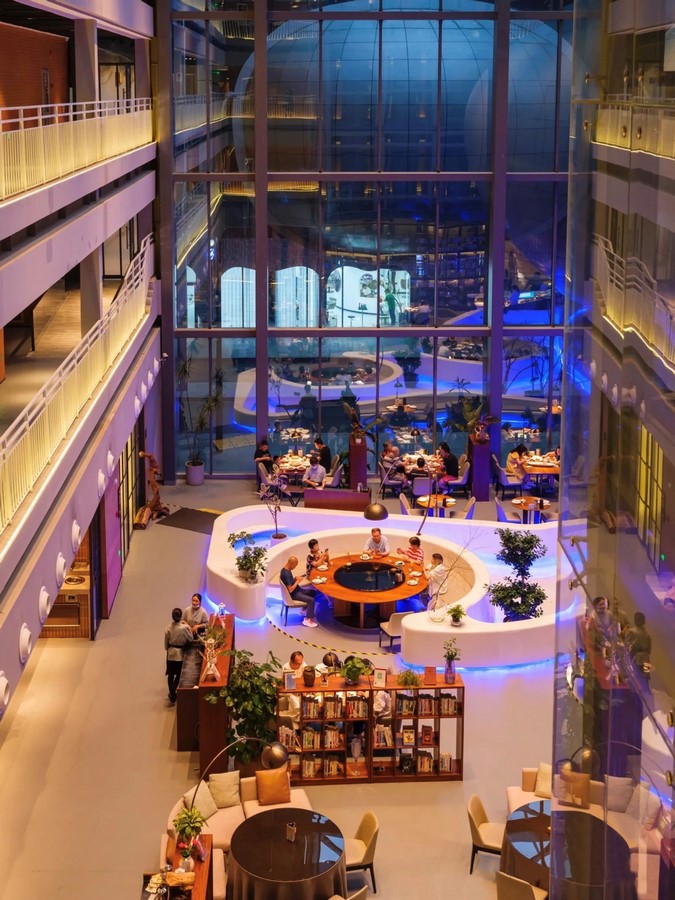
To keep a light-filled development area in the centre hall, new activities are planned along the facades. Two floating spheres that function as conference and meeting rooms in the centre hall, projecting the majestic dimension of the ancient factory hall, represent the project’s ambitious approach to linking the past industrial identity with the futuristic revolutionary creative hub.
Existing structures are combined with contemporary structural systems with reinforcement to satisfy today’s safety and well-being standards. The ancient windows and frames on the facade were destroyed and replaced due to their bad condition. Repurposed clinker brick walls and large windows in corten steel framing pay homage to the former iron factory’s history. The former foundry is now bathed in natural light thanks to the installation of massive windows, providing the new residents with a one-of-a-kind architectural experience.
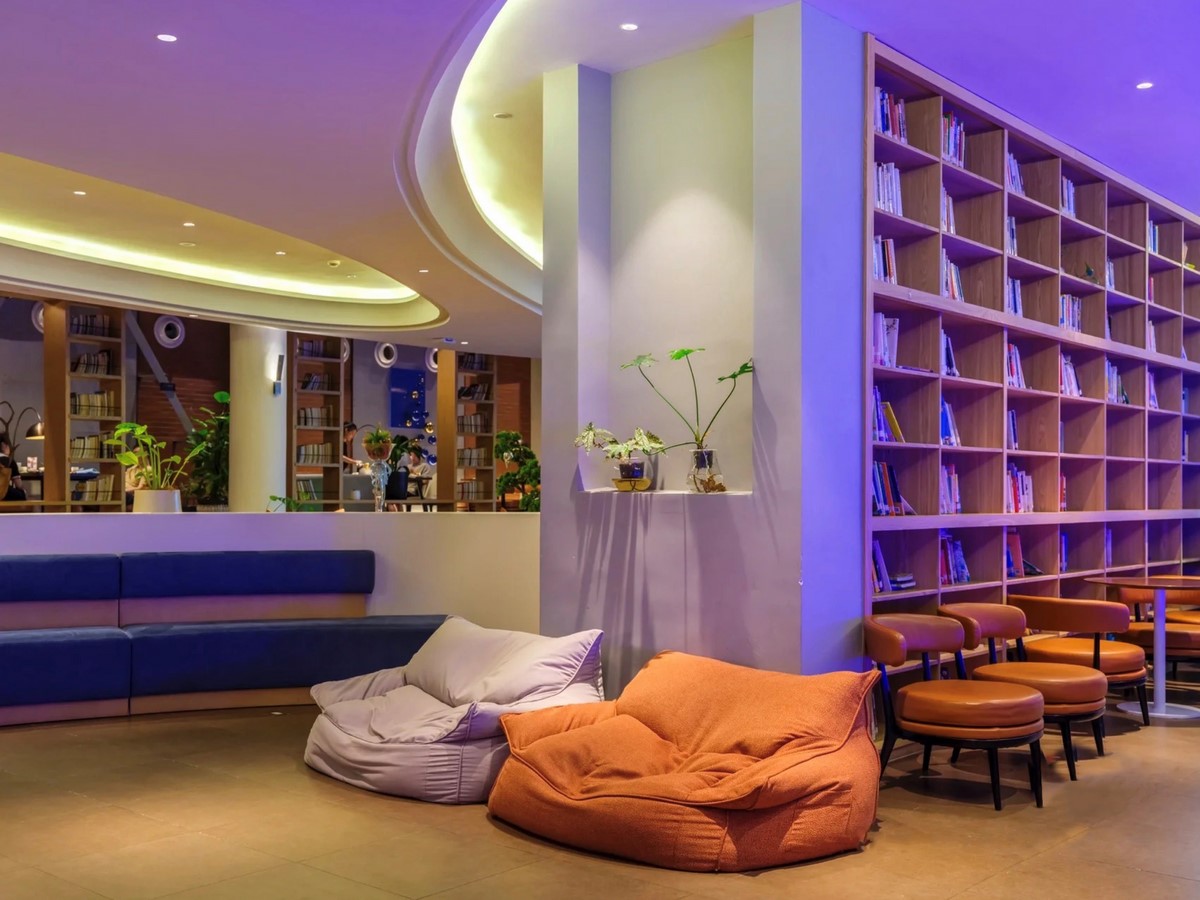
The unique traits and qualities of the original foundry structural trusses are preserved when constructing atop existing stories, and the previous roof system is replaced with a light steel roof. The intrinsic beauty and elegance of the industrial history is kept while allowing for minimal demolition via roof alteration. It also gives the assembly area an incredibly imposing height.
The former foundry now houses offices, retail, hotels, and multi-purpose facilities while retaining its original industrial relics and machinery that have been meticulously conserved and structurally inspected, helping to improve economic and social sustainability.
The foundry has evolved as a successful paradigm of urban redevelopment. The concept of adaptive reuse has given construction materials a second chance while simultaneously cutting embodied energy. The act of renovating a half-century-old structure into an interconnected, airy, and creative environment that harkens back to the community’s past has thus been completed and demonstrates a new depth of sustainability.



